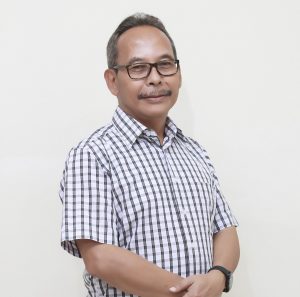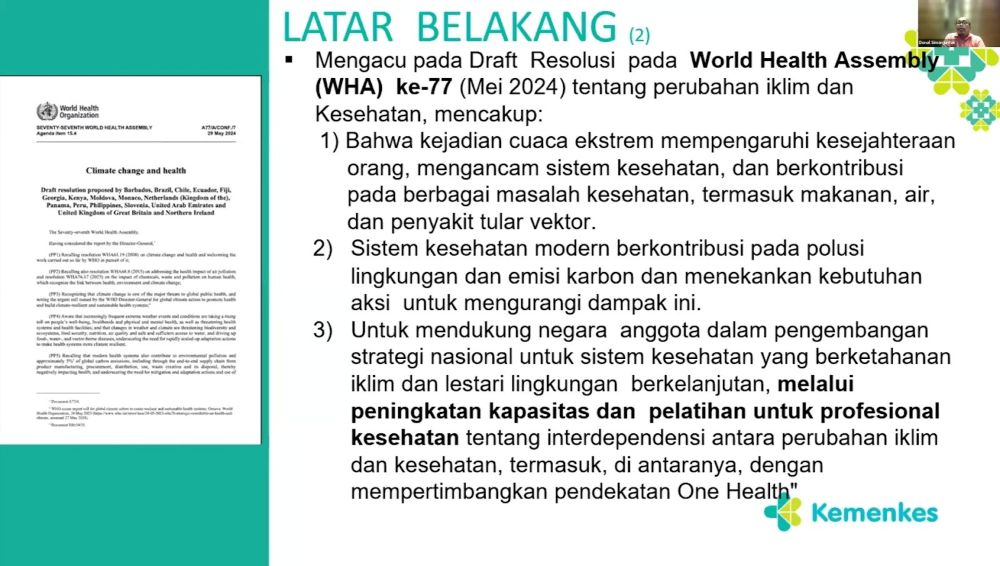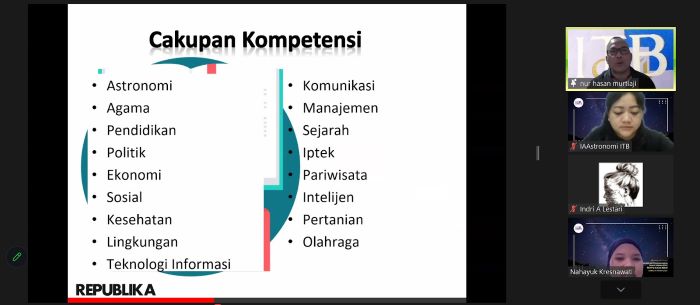ITB Expert Develops National Weather Radar System with BMKG, PT. INTI, and PT. CMI Teknologi
By Fivien Nur Savitri, ST, MT
Editor Fivien Nur Savitri, ST, MT
BANDUNG, itb.ac.id - Climatological data of Indonesian Agency for Meteorology, Climatology and Geophysics (BMKG) shows some areas in Indonesia that are potentially affected by extreme weather phenomena. Some phenomena that have occurred, such as tropical cyclone Cempaka and Dahlia that occurred in the southern waters of Java and southern waters of Bengkulu in 2017, resulted in heavy rainfall and strong winds. This natural phenomenon can certainly disrupts community activities as well as transportation of goods and people.
Transport accidents due to bad weather can be avoided if humans are able to detect patterns of weather changes in the next few time. BMKG currently owns several weather radar systems, covering most areas of Indonesia. However, most of these weather radar systems are obtained by imports from abroad. This not only resulted in the need of experts from abroad, but also led to the dependence of Indonesia on the needs of foreign workers.
Ambition to develop national weather radar system is coming not only from Institut Teknologi Bandung (ITB), but also from PT INTI and BMKG. "The weather radar system that is developed domestically can save the country almost half the money, rather than buying similar equipment from abroad," said Dr. M. Ridwan Effendi, a wave propagation expert from ITB.
In addition to reducing the country's foreign-exchange reserves, there is a greater potential danger in ruling out the security of radar data, which is very strategic to the sovereignty of Indonesia.
Development of Radar Systems in Indonesia
Initiating the development of domestic weather radar system, Institut Teknologi Bandung (ITB) began to work together with BMKG, PT. INTI, and PT. CMI Technology. In the early 2016, the research is focused on designing and developing subsystems and modules for weather radar systems that meet user needs, in this case BMKG.
The latest radar technology used in BMKG today is Pulsed Radar and Frequency-Modulated Continuous Wave (FMCW) X-Band system with operating range of 60 km. The antenna sub-system has to meet the minimum gain of 32dBi with a maximum beam width of 3o in angular azimuth 000-360o, elevation -2-90o, and a maximum scanning speed of 10 rpm. The transmit power of this radar delivery power is limited to 100 W with a maximum pulse width of 150 ?S and PRF 100-10 kHz. The radar system includes a signal processing subsystem with a 4-channel receiver, a noise figure <2dB and a minimum 12-bit analog-to-digital quantization sampling rate of 250 MSPS.
The achievements from this year's first phase include a weather radar system specification based on a requirement analysis, a basic design document, a system simulation, a mini scale prototype, a detailed design document, a field survey report on existing weather radar systems at BMKG station in Palu, Central Sulawesi, a Forum Group Discussion (FGD) report of research papers on radar technology, modules for weather radar subsystems, and preproduction document for devices and modules for the weather radar subsystems.
In the second year of 2017, the research focused on the integration and testing of the weather radar system and implementation of weather radar programs at the Teaching Industry Laboratory of ITB. The output from this phase includes a TRL-8 weather radar prototype, a weather radar installation and field testing documents, a TRL-8 weather radar production document, an RFC document for weather radar standardization and certification, and a requirements analysis documents, syllabus designs and an evaluation document for the Teaching Industry Laboratory.
In 2018, ITB entered the third year of weather radar development with PT. INTI and BMKG. After conducting a survey to several buildings in ITB, this weather radar equipment will be installed on the roof of Laboratory Building (labtek) XIV, School of Business and Management (SBM) ITB. "SBM building is very sturdy. Hopefully at the end of this month the installation can be completed. After the equipment is installed, we will test the radar, and then on July, hopefully we can be satisfied with our experiments with only small improvements. After July, we will test it in real environment, "said Ridwan.
About Dr. M. Ridwan Effendi
Dr. Ir. Muhammad Ridwan Effendi, MA. Sc, is a researcher at Telecommunication Engineering Research Group at STEI ITB. He is the figure who started the development of national weather radar system that is created in ITB. His expertise in the field of wave propagation, and a number of his researches, certainly deserves to be supported and appreciated to achieve independent Indonesia.
Ridwan said that the development of the weather radar system should be implemented in all areas of Indonesia. Ridwan also explained that the development of this weather radar system is the result of collaboration with various other disciplines, such as electro telecommunication, digital signal processing, information systems, modulation, signal booster, and wave propagation tools that are also developed by other ITB experts, including its business strategy.
"My expertise is in wave propagation. My other studies are mostly in wave propagation, and one of my researches is radar issues that involve various disciplines," he said. Researchers involved are Prof. Andriyan Bayu, Prof. Nana Rachmana, Dr. Ian Yosef, Dr. Irma Zakia, Ir. Riza Satria Perdana, MT, Ir. Endon Bharata, MT, and Dr. Yosi.
He said that this weather radar system does not require a realtime system because weather characteristics generally remain unchanged for the next five minutes. He is optimistic ITB can get the first certification issued for national weather radar which equipment are made at PT. INTI as domestic industry. "If we get the certification of this radar system, then we can start the development of surveillance radar system commonly used in foreign states defense system," he concluded. The development of this weather radar is an effort towards the independence of Indonesia from the use of foreign technology.


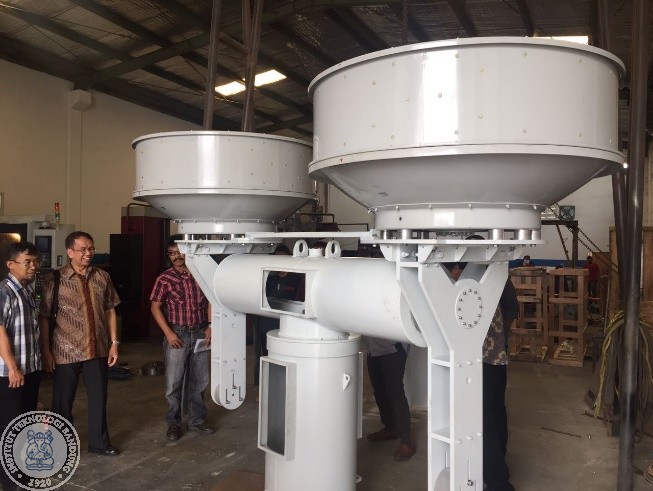

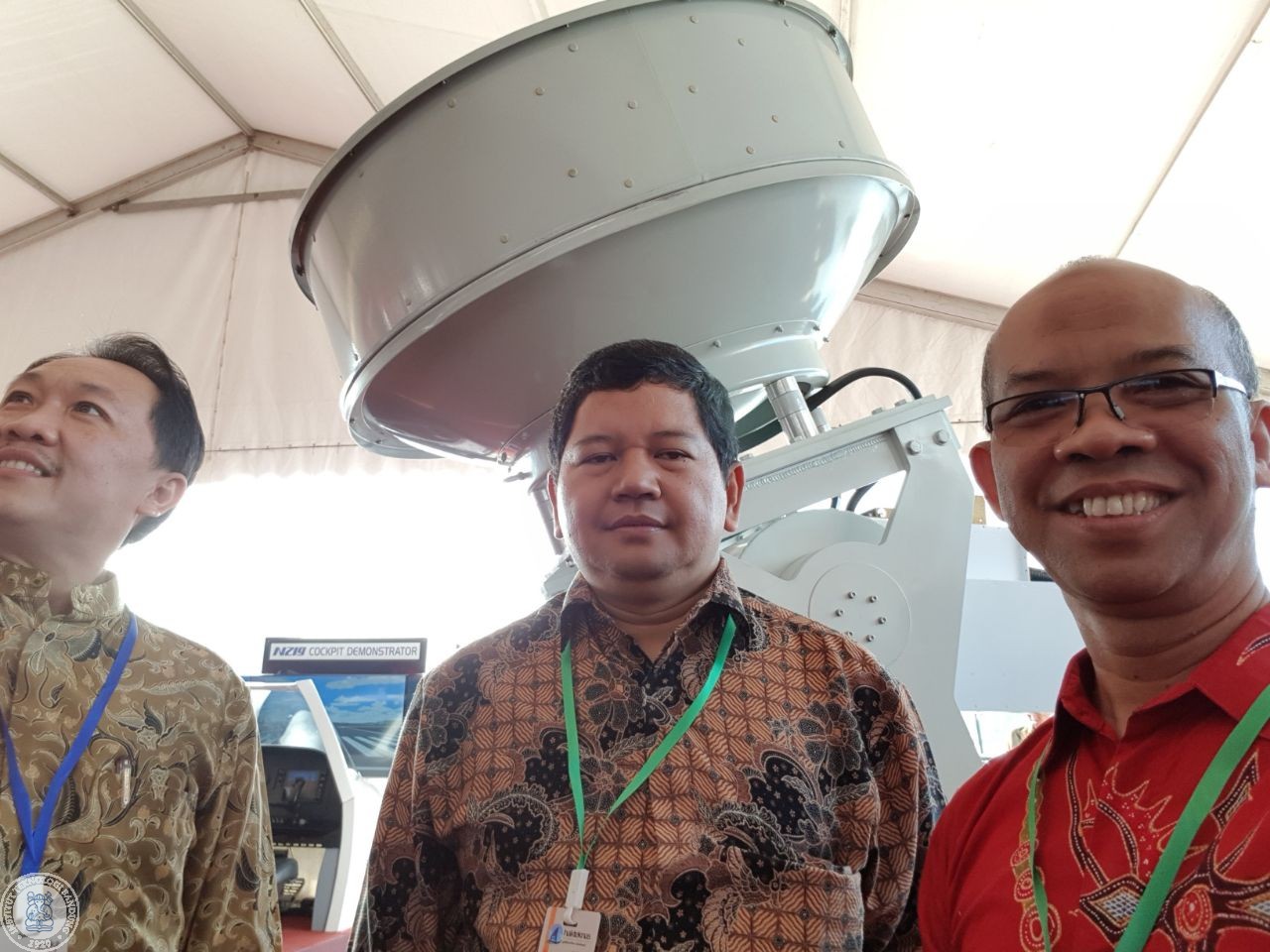
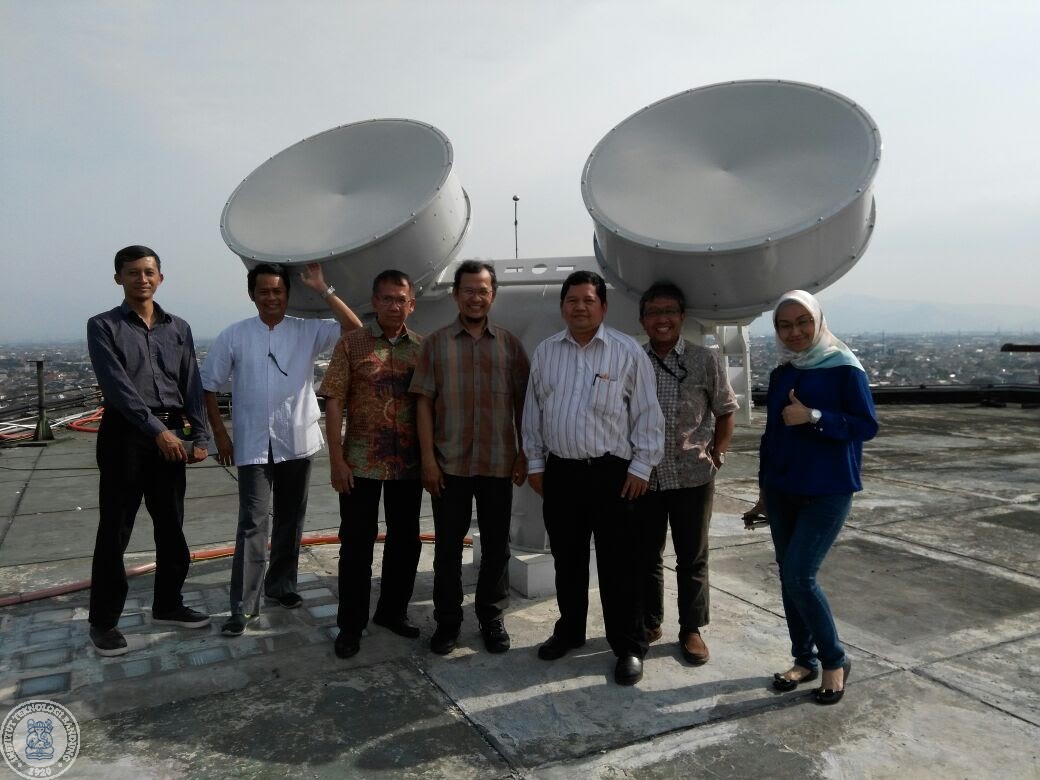
.jpg)
.jpg)
.jpg)
.jpg)
.jpg)
